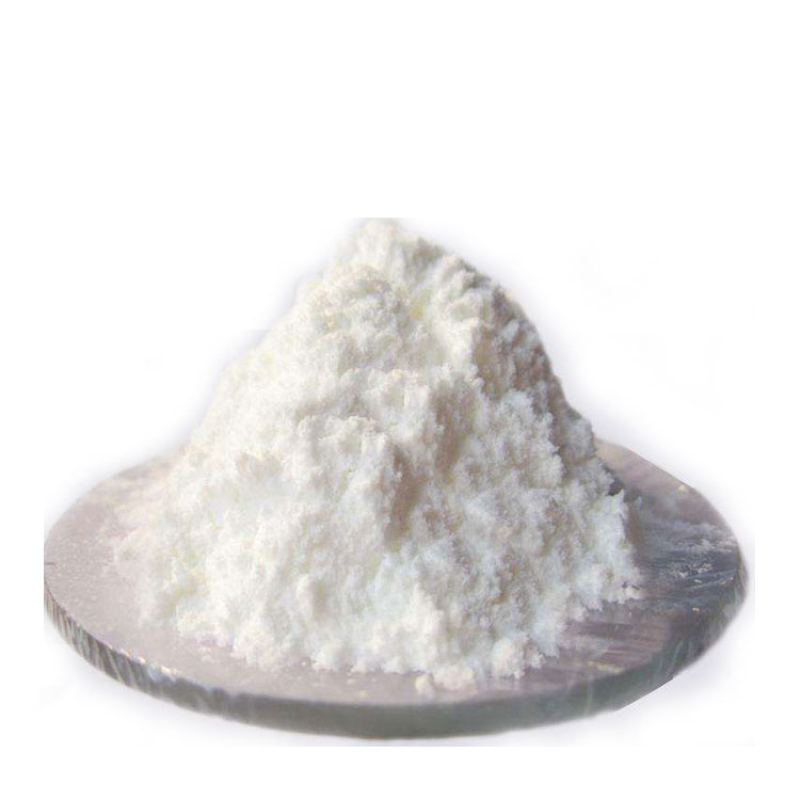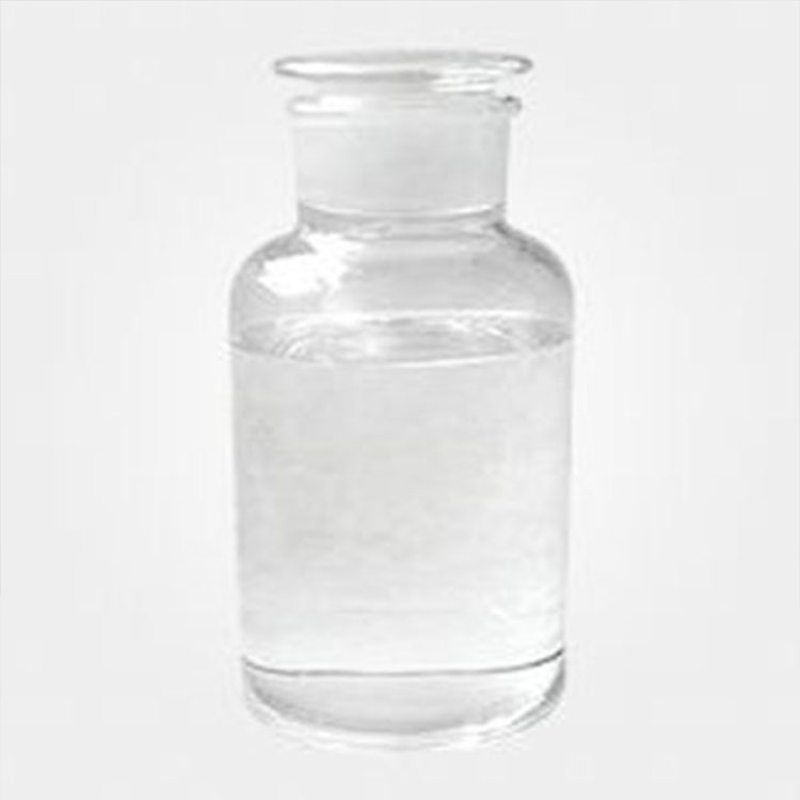Polymaleic Acid CAS#26099-09-2 Polymaleic acid is the homopolymer of maleic acid. It is very secure in presence of chlorine and different oxidizing biocides. It has correct scale inhibition and excessive temperature resistance properties. Therefore, it can be used in the water desalination plants. It is also an amazing calcium carbonate antiscalant upon excessive temperature and in the excessive alkaline cooling water systems.
Contact Now
Products Description of Dichloromethane CAS#75-09-2Dichloromethane is a compound formed by replacing two hydrogen atoms in the methane molecule with chlorine, with the molecular formula CH2Cl2. It is a colorless, transparent, heavier than water, volatile liquid with an ether-like smell and sweetness. It does not burn, but forms an explosive mixture when mixed with high concentrations of oxygen.
Contact Now
Products Description of 1,1,1-TrimethoxypentaneCAS#13820-09-2Boiling point 165℃.1,1,1-Trimethoxypentane Chemical PropertiesBoiling point 164-166 °C (lit.)density 0.941 g/mL at 25 °C (lit.)refractive index 1.408-1.41Fp 41 °Cstorage temp. Flammables areasolubility Chloroform (Slightly), DMSO, Methanol (Slightly)form clear liquidcolor Colorless to Almost colorlessSensitive Moisture SensitiveMerck 14,9717BRN 1739200Stability:Unstable in acidic solution, Unstable In Acidic SolutionCAS DataBase Reference13820-09-2(CAS DataBase Reference)NIS
Contact Now
Products Description of Pyrophosphoric acid CAS#2466-09-3Pyrophosphoric acid is a colorless needle-shaped crystal or a colorless viscous liquid. It forms crystals after long-term storage and is colorless glassy. Pyrophosphate has strong coordination properties. Excess P2O74- can dissolve insoluble pyrophosphates (Cu2+, Ag+, Zn2+, Mg2+, Ca2+, Sn2+, etc.) to form complex ions, such as [Cu(P2O7)2]6-, [Sn(P2O7)2]6-, etc. It is often used as a catalyst in industry to prepare organic phosphates, etc. Pyrophosphate meets silver salt to obtain white silver pyrophosphate precipitate.
Contact Now
Products Description of Decanoyl octanoyl-glycerides CAS#65381-09-1Glyceryl caprylate, also known as GTCC, is a mixed triester of glycerol and medium-carbon fatty acids in vegetable oils. It is a colorless, odorless, low-viscosity lipophilic emollient with extremely high antioxidant properties. In cosmetics, GTCC can replace a variety of oils and fats as an emollient and fat-enriching agent, and can also be added as a carrier and diluent to active preparations or conditioners such as sterols.
Contact Now
Products Description of Melamine-phosphate CAS#41583-09-9White powderMelamine-phosphate Chemical PropertiesMelting point 120 - 122°Cdensity 1.74storage temp. Refrigeratorsolubility DMSO (Slightly), Methanol (Slightly)form Solidcolor WhiteWater Solubility 3.9g/L at 20℃EPA Substance Registry System1,3,5-Triazine-2,4,6-triamine, phosphate (41583-09-9)Factory and Equipment ShowFast delivery timeInventory 2-3 working days New production 7-10 working days
Contact Now
Propionic Acid CAS# 79-09-4First described by means of Johann Gottlieb in 1844, propanoic acid has emerge as one of the most extensively used components in processed ingredients for human consumption and animal feedstocks.
Contact Now
Products Description of Hexadecyl trimethyl ammonium bromide CAS#57-09-0Hexadecyltrimethylammonium bromide is white or light yellow crystals or powder, easily soluble in isopropanol, soluble in water, produces a lot of foam when shaken, and has good compatibility with cationic, nonionic, and amphoteric surfactants. It has excellent penetration, softening, emulsification, antistatic, biodegradability, and bactericidal properties.
Contact Now
Products Description of 7-Bromoisoquinoline CAS#58794-09-5Quinoline and isoquinoline are important components of antibacterial drugs.
Contact Now
Dichloromethane CAS#75-09-2Dichloromethane (DCM), additionally recognized as methylene chloride, is a transparent, colorless, risky halogenated aliphatic hydrocarbon compound with an ether-like mildly candy smell. It is relatively soluble in water as properly as in most natural solvents namely; ether, ethanol, ketones, aldehydes, and phenols (1).
Contact Now
Products Description of Hexadecyl trimethyl ammonium bromide CAS#57-09-0Hexadecyltrimethylammonium bromide is white or light yellow crystals or powder, easily soluble in isopropanol, soluble in water, produces a lot of foam when shaken, and has good compatibility with cationic, nonionic, and amphoteric surfactants. It has excellent penetration, softening, emulsification, antistatic, biodegradability, and bactericidal properties.
Contact Now
Products Description of Dichloromethane CAS#75-09-2Dichloromethane is a compound in which two hydrogen atoms in the methane molecule are replaced by chlorine. The molecular formula is CH2Cl2. It is a colorless, transparent, heavier than water, volatile liquid with an ether-like smell and sweet taste.
Contact Now
(2-hydroxytrimethylene)bis(trimethylammonium) dichloride Chemical PropertiesMelting point 256-257 °C (decomp)Factory and Equipment ShowFast delivery timeInventory 2-3 working days New production 7-10 working days
Contact Now
Products Description of 2-Thiophenecarboxylic acid CAS#527-72-02-Thiophenecarboxylic acid is a kind of colorless crystal.
Contact Now
Products Description of Dinonylnaphthalenesulfonic acid CAS#25322-17-2Dinonylnaphthalenesulfonic acid is a chemical substance with the molecular formula C28H44O3S.Dinonylnaphthalenesulfonic acid Chemical PropertiesBoiling point 94-99 °Cdensity 0.852 g/mL at 25 °Crefractive index n20/D 1.465Fp 30 °Fstorage temp. 2-8°Csolubility H2O: insolubleCAS DataBase Reference25322-17-2(CAS DataBase Reference)EPA Substance Registry SystemNaphthalenesulfonic acid, dinonyl- (25322-17-2)Safety InformationHazard Codes F,Xn,NRisk Statements&nb
Contact Now
Products Description of 2-chlorobenzoic acid CAS#118-91-22-Chlorobenzoic acid, almost white coarse powder. The melting point is 142℃, and the density (20℃) is 1.5449/m3.
Contact Now
Products Description of 2-Hydroxynicotinic acid CAS#609-71-22-Hydroxynicotinic acid is an organic intermediate.
Contact Now
Products Description of 2,7-naphalenedisulfonic acid CAS#1655-35-2 Sodium 2,7-naphthalene disulfonate, white powder, is mainly used in organic synthesis and dye industry.2,7-Naphthalenedisulfonic acid disodium salt Chemical Propertiesform powder to crystalcolor White to Light yellow to Light orangeCAS DataBase Reference1655-35-2(CAS DataBase Reference)EPA Substance Registry System2,7-Naphthalenedisulfonic acid, disodium salt (1655-35-2)Safety InformationHazard Codes XiRisk Statements 36/37/38Safety Statements 37/39-26Hazard Note IrritantHS Code 2904
Contact Now
Products Description of 2-Phosphonobutane-1,2,4-tricarboxylic acid CAS#37971-36-12-Phosphonobutane-1,2,4-tricarboxylic acid (PBTC) is the latest generation of internationally popular phosphonic acid. It is one of the most widely used and best-performing products in the compounding of high-efficiency scale and corrosion inhibitors. This product is particularly suitable for water conditions with high temperature, high hardness, high alkalinity, high pH, and high concentration ratio.
Contact Now
Products Description of 2-Ethoxybenzoic acid CAS#134-11-2Colorless oily liquid. Melting point 20.7℃, boiling point 174-176℃ (2.0kPa), relative density 1.105, refractive index 1.5400.
Contact Now
Products Description of 4-(2-Tetrahydropyranyloxy)phenylboronic acid CAS#182281-01-2Phenylboric acid is a chemical substance with the chemical formula C11H15BO4.4-(2-Tetrahydropyranyloxy)phenylboronic acid Chemical PropertiesMelting point 117-124 °CBoiling point 411.3±55.0 °C(Predicted)density 1.21±0.1 g/cm3(Predicted)storage temp. Keep in dark place,Sealed in dry,Room Temperaturesolubility soluble in Methanolform powder to crystalpka8.63±0.16(Predicted)color White to Light yellowCAS DataBase Reference182281-01-2(CAS DataBase Reference)Safety Information
Contact Now
Products Description of 2-Acrylamide-2-methylpropanesulfonic acid CAS#15214-89-82-Acrylamido-2-methylpropanesulfonic acid (AMPS) is a water-soluble sulfonic acid group with strong anionic properties, which makes it salt-resistant, high-temperature-resistant, dye-affinity, conductive, ion-exchangeable and highly tolerant to divalent cations; the amide group makes it have good hydrolysis stability, acid and alkali resistance and thermal stability; and the active double bond makes it have addition polymerization properties, and it can produce copolymers with a variety of hydrocarbon monomers
Contact Now
Orthophosphoric Acid CAS#7664-38-2Phosphoric Acid, with the chemical formula H₃PO₄ and CAS number 7664-38-2, is a versatile inorganic acid that plays a crucial role in a multitude of industries.
Contact Now
Products Description of 5-Bromo-2-pyridinecarboxylic Acid CAS#30766-11-15-Bromo-2-pyridinecarboxylic acid is a chemical substance with the molecular formula C6H3BrNO2.5-Bromo-2-pyridinecarboxylic Acid Chemical PropertiesMelting point 173-175°CBoiling point 319.5±27.0 °C(Predicted)density 1.813±0.06 g/cm3(Predicted)storage temp. Keep in dark place,Sealed in dry,Room Temperaturesolubility Soluble in methanol.form Powderpka3.41±0.10(Predicted)color White to off-whiteInChIKeyMNNQIBXLAHVDDL-UHFFFAOYSA-NCAS DataBase Reference30766-11-1(CAS DataBase Reference)S
Contact Now


































